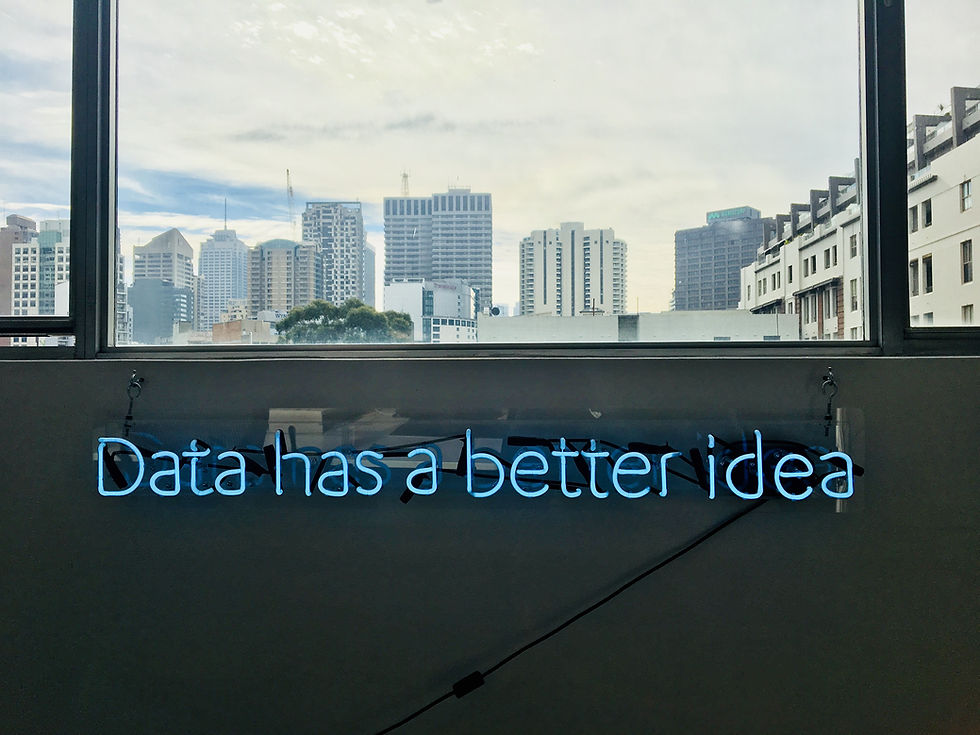The Utility of Smart Energy Feedback System
- Fayaz Ahmed

- Jun 16, 2020
- 3 min read

Imagine if you go for shopping in a grocery store with no price tags on individual items and start buying daily use products (with no price tags) every day for the whole month without getting to know their prices and just receive a total bill of all the purchases at the end of the month.
You would definitely agree that it’s a dumb idea, wouldn’t you?
But that’s how we buy electricity every day, don’t we?
We don’t know how much we have to pay at the time of electricity consumption unless we receive a monthly bill. Electricity is a kind of strange commodity which doesn’t let the household experience the effect of “diminishing stock” like other consumer goods making it hard for electricity conservation.
Unfortunately, traditionally households haven’t received any active information about their energy usage from utilities. They were mostly provided with conventional paper bills with very little information about their electricity use at the end of the month. The electricity bill only included information about the number of units of electricity consumed and how much needs to be paid every month. No information about how many of those total units of electricity were consumed by specific appliances, and which times of the day those specific appliances were used and for how long. This invisible nature of electricity makes it hard for householders to establish some emotional involvement hence being unable to take control of their electricity use habits.
The good news is that the extensive deployment of smart electricity meters worldwide has made available huge volumes of household electricity consumption data. This data, that is being constantly generated in households worldwide, can be used as a leverage for providing household with near to real-time feedback about their electricity usage to help them better understand their electricity consumption patterns.
Some believe that providing household with their electricity consumption feedback may help them reducing their energy consumption. Currently, there are two popular categories of electricity usage feedback: aggregate energy feedback and disaggregated energy feedback (appliance level). Aggregated electricity use feedback might be effective in achieving some electricity use reductions, but it certainly fails to establish a direct and effective connection between action and result of households. Thus, households are not able to know which of their actions contributed to what percent of electricity consumption and its impact. The only way this connection could be achieved is by providing household information about specific appliances, and times of the day those specific appliances were used.
Two consumer studies conducted by Bidgely, a North American company which uses disaggregated electricity information as a feedback to households for electricity savings, calculated an average of 6.0% domestic electricity use reductions via disaggregated electricity use feedback using robust experimental methodology and sophisticated statistical analysis.
Given that specific appliances and certain activities are linked with households’ electricity consumption, hence the relevance of behaviour becomes stronger and clearer. Households could easily detect and understand when provided with appliance level electricity use feedback, the impact of a certain appliance or a certain way of using it and how it affects the total electricity consumption and the money spent. This empowers the consumers by giving them an ability to easily comprehend how altering one behaviour or appliance selection could optimize the energy usage.
Appliance level disaggregated electricity use information can have business use cases well beyond the ones highly sought-after (i.e. electricity use reductions via feedback) at the moment by electricity companies. Among the other promising business cases that could monetize or create value out of appliance level disaggregated electricity use information for utilities and consumers are: enhancing utility and customer engagement, promoting ecological behaviour, electricity auditing, demand response management and so on.
References:
W. Kempton, C. K. Harris, J. G. Keith, and J. S. Weihl, ‘Chapter 6: Do Consumers Know “What Works” in Energy Conservation?’, Marriage Fam. Rev., vol. 9, no. 1–2, pp. 115–133, 2005.
C. Fischer, ‘Influencing Electricity Consumption via Consumer Feedback. A Review of Experience’, ECEEE 2007 Summer Study 2007, 2007.
P. C. Stern, ‘STERN_1992_Energy Conservation_Psychology’, vol. 47, no. 10, 1992.
C. Fischer, ‘Feedback on household electricity consumption: A tool for saving energy?’, Energy Effic., vol. 1, no. 1, pp. 79–104, Jan. 2008.
J. Kelly and W. Knottenbelt, ‘Does disaggregated electricity feedback reduce domestic electricity consumption? A systematic review of the literature’, 2016.
M. R. Herrmann, ‘Smart Energy Feedback in the Home: The Effect of Disaggregation and Visualisation on Householders’ Comprehension of Electricity Data (Phd dissertation)’, 2018.
Bidgely, ‘White Paper: Impact of Energy Disaggregation on Consumer Behavior - Bidgely’, 2014.
S. Z. Attari, G. Gowrisankaran, T. Simpson, and S. M. Marx, ‘Does information feedback from in-hom devices reduce electricity use: Evidence from a field experiment’, Nber Work. Pap. Ser., vol. 20809, pp. 1–43, 2014.



Comments